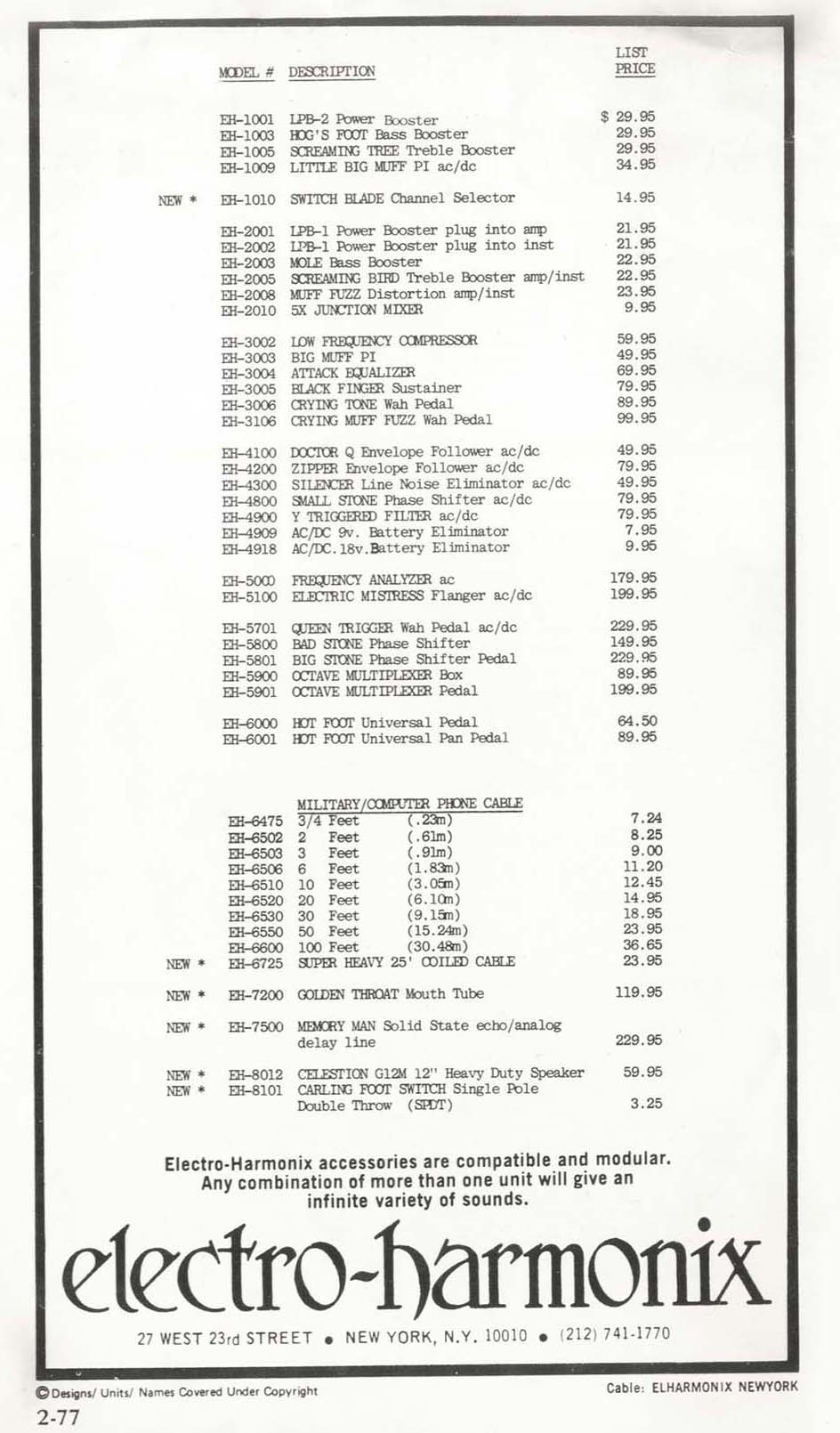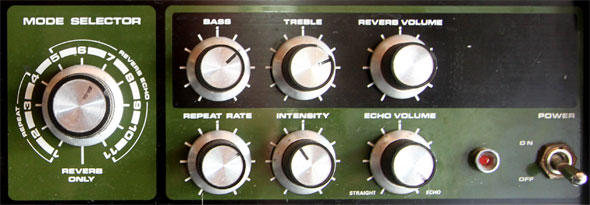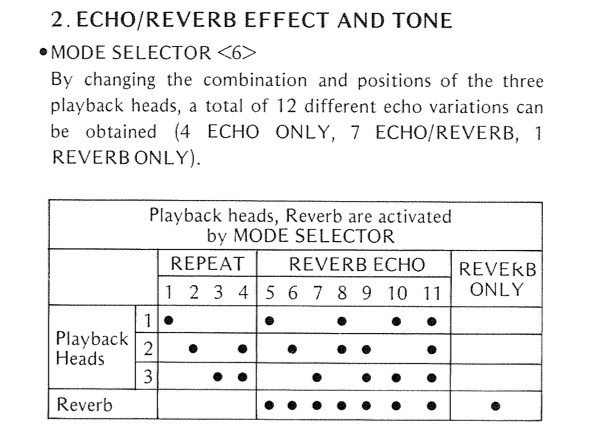So as of Maschine 1.7 there is no internal compression sidechain setup and for most electronic/hiphop music this is much needed. So I was trolling around and found these notes in the NI Forms.
Here is a sidechain workaround method
1.) Open create an Ableton live set with one midi track (for maschine) and however many audio tracks you have depends on your groups. (i.e. if you have 3 groups with patterns playing, you will need at least 3 audio tracks)
2.) Route your GROUPS to outputs 2, 3, etc…
3.) On Ableton, select the I/O options on the audio tracks…then pick the midi track with MASCHINE on it for the input. on the box below, select whatever output you assigned the group to be. For instance: if your GROUP A is routed out of Maschine as OUT 2, on the audio track, you select MASCHINE on the first box, then OUT 2 on the second box.
4.) Set all the groups to IN, repeat as necessary.
What you should have so far is Maschine on a midi track, and a # of audio tracks depending on your # of groups. Hit a pad on group A to see if the audio “jumps” in Ableton, to check your work.
5.) Once you are all routed up, we got a couple more steps. Take the kick drum, or whatever you want to trigger the side-chain, and go to it’s sound page and route it out of maschine to a completely new routing. (i.e. OUT 10) and create a new audio track, name it “KICK” and route it like we did earlier, so the kick comes through Ableton.
6.) Apply an ableton compressor on any audio tracks you want side-chained, and select their side-chain input to be “KICK” track, make sure the track is set to “IN”.
You should be good now…you have essentially used Ableton as a new medium to carry maschine in, allowing you to side-chain.




